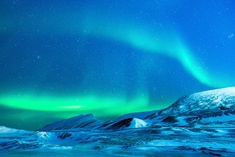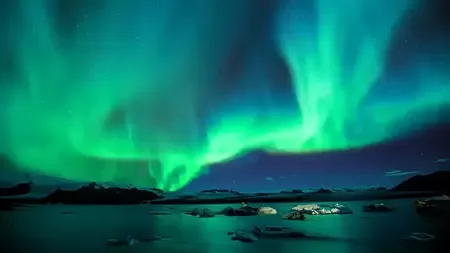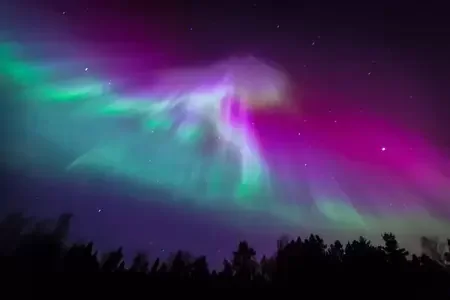
Natural Phenomena: Aurora Borealis
First published: Thursday April 25th, 2024
Report this blog
Introduction
The Aurora Borealis, commonly called northern lights, are a phenomenon created by interactions between the Sun and Earth’s outer atmosphere. The southern counterpart of the Aurora Borealis is called Aurora Australis.
How It’s Created
The Sun emits electrically-charged particles called ions that correspondingly move away from the Sun in a stream of plasma (ionized gas) known as solar wind. As the plasma comes in contact with Earth’s magnetic field, the ions will move around the Earth. Some ions become trapped and will interact with the ionosphere (approximately 60-80 miles above the surface), causing ions to glow. As electrons pass through the neon tubing, they glow, resulting in the light.
Location And Display
The northern latitudes (or southern latitudes in the southern hemisphere) have the greatest occurrence of the Aurora. There is a 50% or greater chance of seeing the Aurora at around 55 to 80° north in the northern hemisphere. This means in these latitudes the Aurora should occur at least half of the nights throughout the year. This may vary, however. Aurora displays usually increase during the solar maximum. They also usually show a greater frequency during Winter, where nights are longer and skies generally void of haze.
Appearance
While the Aurora is generally green (or red, pink, blue), the Aurora can sometimes contain UV (ultraviolet) and/or infrared auroral radiation that are invisible to the human eye.



especially the weird kind